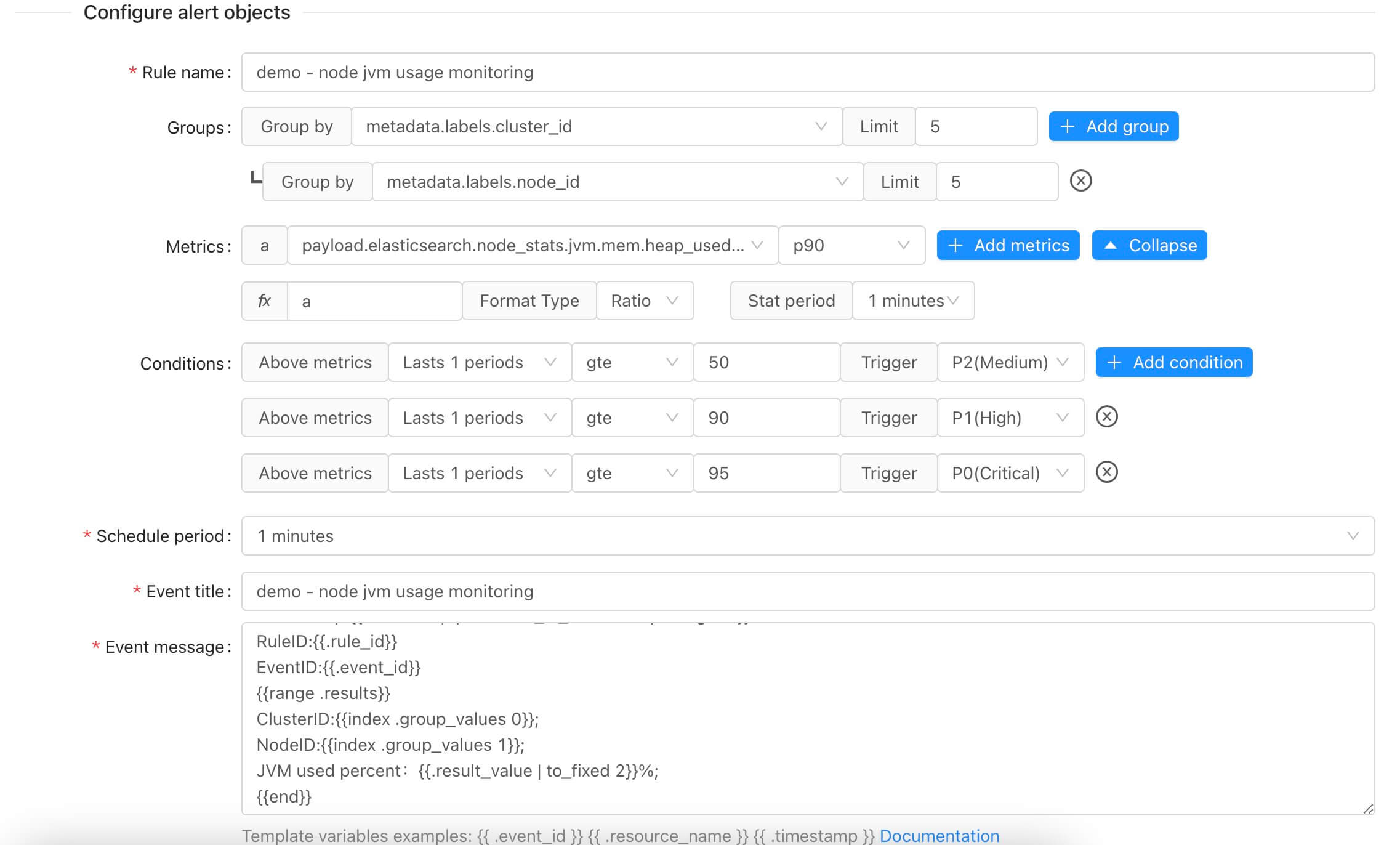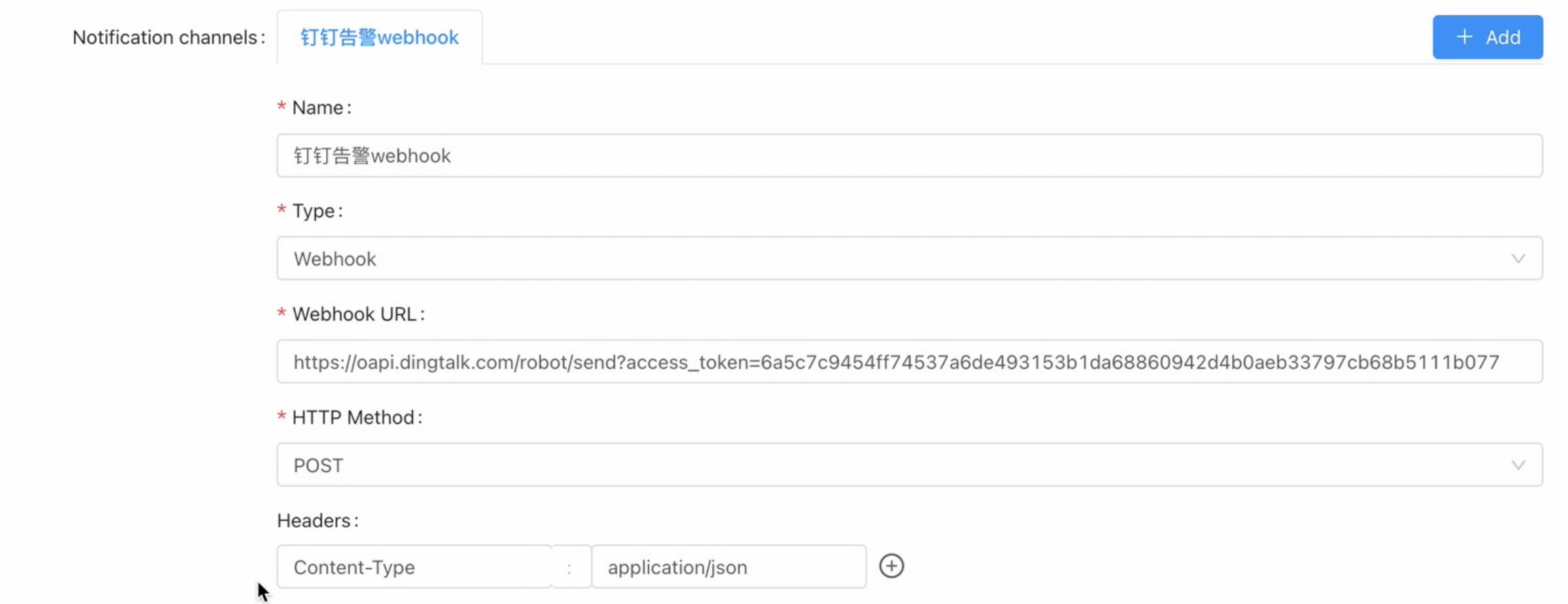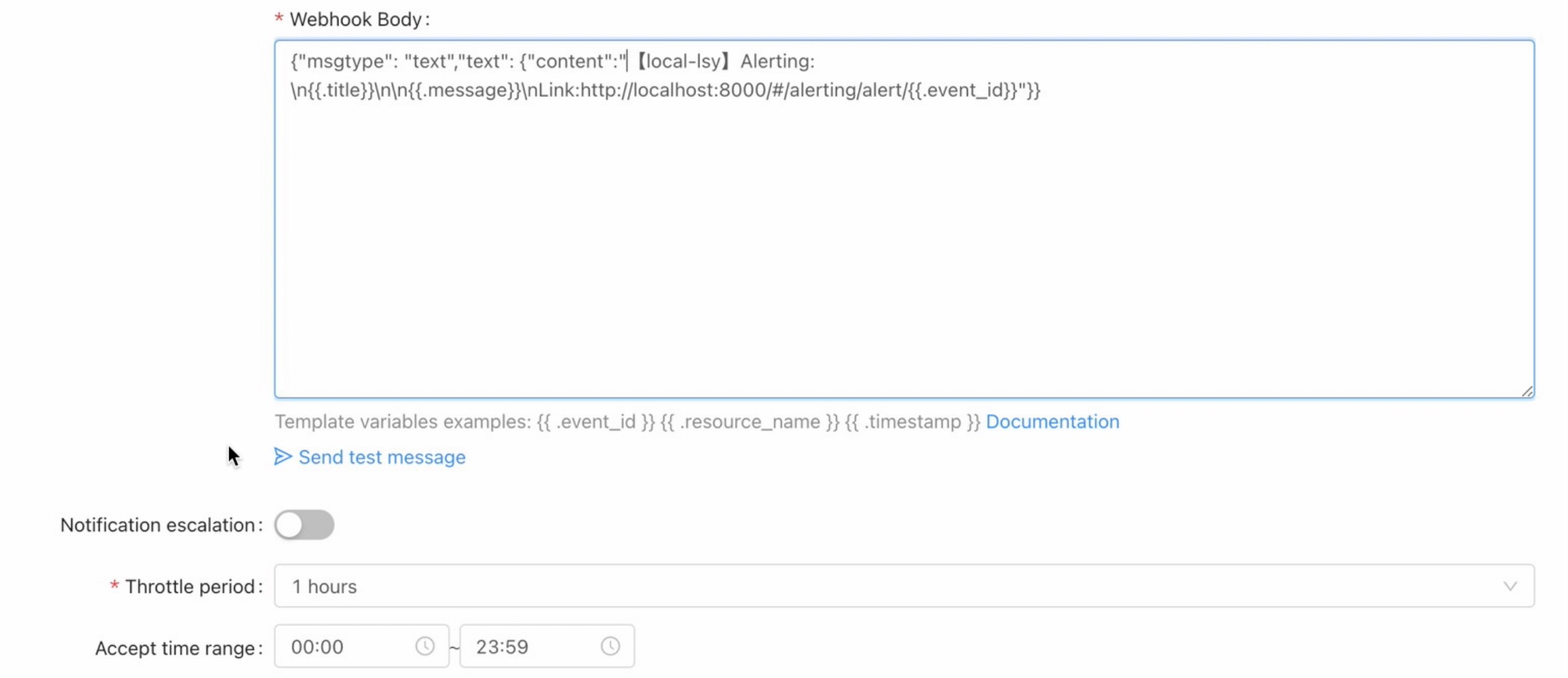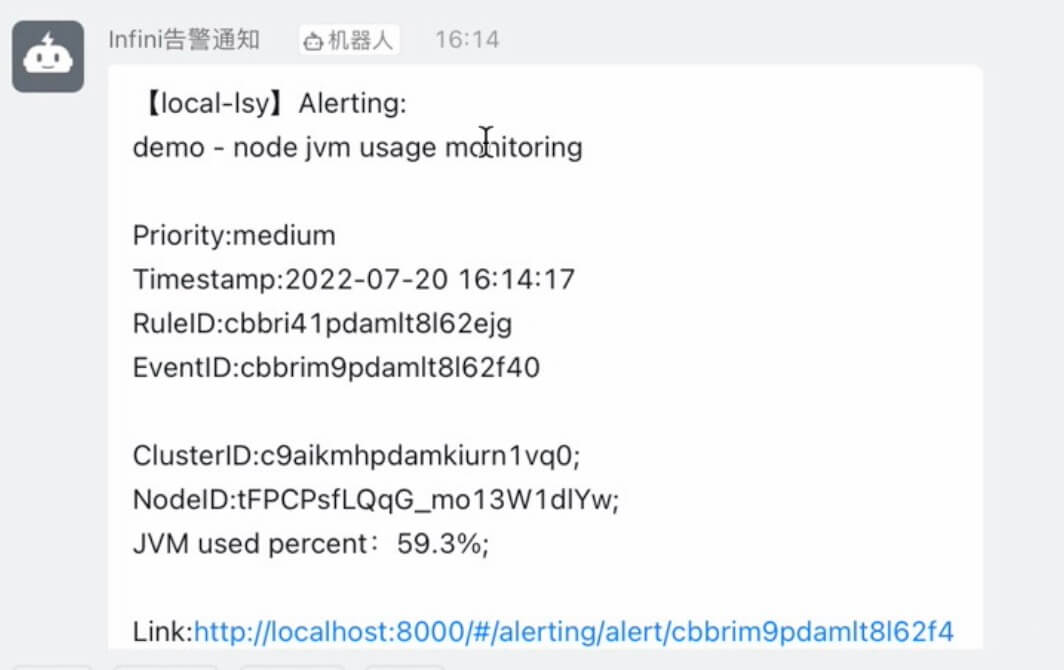How to monitor JVM usage of Elasticsearch cluster nodes #
Introduction #
This article will introduce how to use the INFINI Console to monitor the JVM usage of Elasticsearch cluster nodes and generate alerts.
Prepare #
- Download and install the latest version of INFINI Console
- Register Elasticsearch cluster using INFINI Console
Create alerting rule #
Open INFINI Console in the browser, click on the left menu “Alerting” > Rules to enter the alerting management page, and then click
New button to enter the Create Alerting Rule page. Follow these steps to create an alerting rule:
- Select the cluster (here you need to select the Elasticsearch cluster where the INFINI Console stores data, that is, the Elasticsearch cluster configured in the configuration file
console.yml, if it is not registered to the INFINI Console, please register first) - Input the alerting object
.infini_metrics*(select the index under the Elasticsearch cluster, or enter the index pattern, because the monitoring data collected by the INFINI Console is stored in the index .infini_metrics) - Input filter criteria (Elasticsearch query DSL)
Here we need to filter the monitoring metrics category to
node_statsand the metadata category toelasticsearch. The DSL is as follows:
{
"bool": {
"must": [
{
"term": {
"metadata.name": {
"value": "node_stats"
}
}
},
{
"term": {
"metadata.category": {
"value": "elasticsearch"
}
}
}
]
}
}
- Select time field
timestampand statistical period fordate histogramaggregation

- Input the rule name
- Group settings (optional, multiple can be configured), set when statistical metrics need to be grouped, because all registered to INFINI Console
The Elasticsearch cluster monitoring metrics are stored in the index
.infini_metrics, so you need to group according to the cluster ID first, and then group according to the node ID, Here we choosemetadata.labels.cluster_idandmetadata.labels.node_id. - Configure the alerting metrics, select the aggregation field
payload.elasticsearch.node_stats.jvm.mem.heap_used_percent, and the statistics methodp90. - Configure the metrics formula (when more than one alerting metrics is configured, you need to set a formula to calculate the target metrics), where the formula fx is configured as
a. Then set the value type of the variableato the ratioRatio. - Configure the alerting conditions, configure three alerting conditions here, configure the
P2(Medium)alerting when the JVM usage rate is greater than 50 forcontinuous one cycle; Configurecontinues one cyclewhen the JVM usage rate is greater than 90, trigger theP1(High)alerting; Configure theP0(Critical)alerting to be triggered when the JVM usage rate is greater than 95 for one cycle; - Set the execution period, here is configured to execute a check every minute
- Set the event title, the event title is a template, you can use template variables, template syntax and template variable usage reference here
- Set the event content, the event content is a template, you can use template variables, template syntax and template variable usage reference here
Priority:{{.priority}}
Timestamp:{{.timestamp | datetime_in_zone "Asia/Shanghai"}}
RuleID:{{.rule_id}}
EventID:{{.event_id}}
{{range.results}}
ClusterID:{{index.group_values 0}};
NodeID:{{index.group_values 1}};
JVM used percent: {{.result_value | to_fixed 2}}%;
{{end}}

- Turn on the configure alerting channel switch, and select
addin the upper right corner to quickly select an alerting channel template to fill. For how to create an alerting channel template, please refer to here - Set the silence period to 1 hour, that is, after the alerting rule is triggered, the notification message will only be sent once within an hour
- Set the receiving period, the default is 00:00-23:59, that is, you can receive notification messages throughout the day


After the settings are complete, click the Save button to submit.
Receive alert notification message #
Wait for a while, and receive the DingTalk alerting message notification as follows:

You can see that the alert notification message displays the Elasticsearch cluster ID, node ID, and current JVM usage rate triggered by the current rule.
View the alerting message center #
In addition to receiving external notification messages, the INFINI Console Alert Message Center also generates an alert message. Click menu Alerting > Alerting Center to enter

Summary #
By using the INFINI Console alert function, you can easily monitor the JVM usage of Elasticsearch cluster nodes. After configuring alerting rule, Once any Elasticsearch node JVM usage exceeds a set threshold, an alert will be triggered and an alert message will be sent.